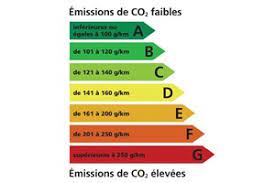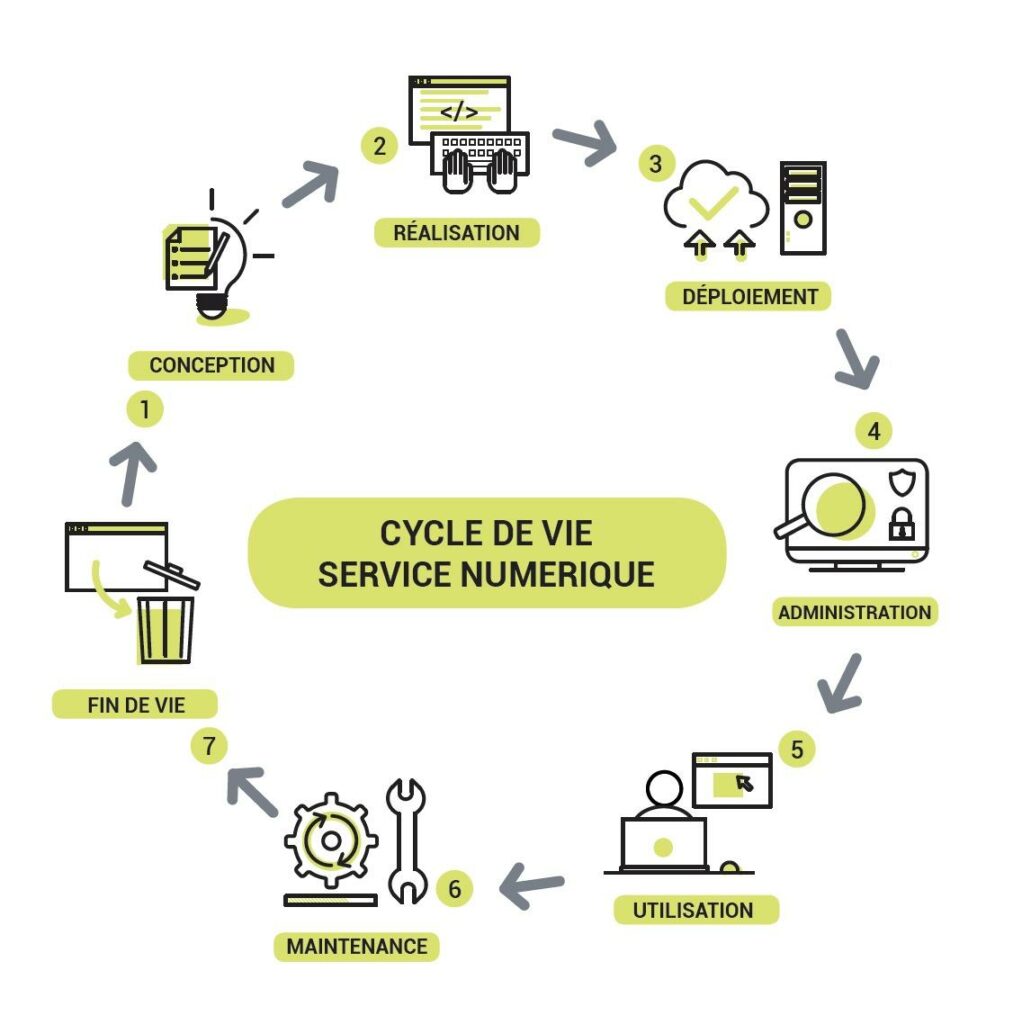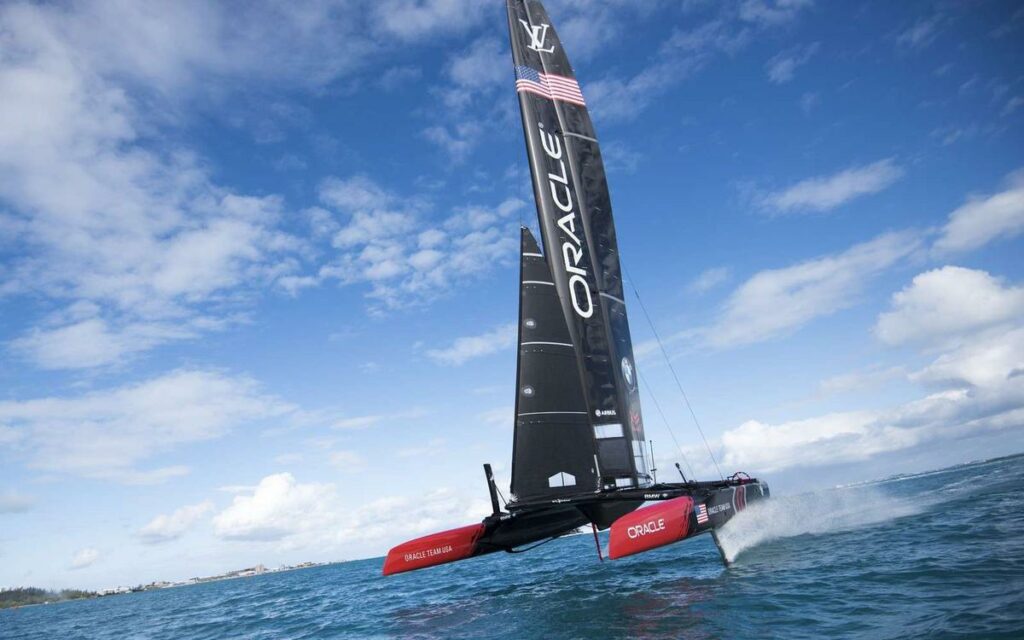A computer system is based on components of different nature, the hardware which corresponds to the terminal and the peripherals, and the software which corresponds to the software part gathering the operating system and the applications. The Official Journal of September 22, 2000 defined this immaterial part of the computer system as a "computer system". set of programs, processes and rules, and possibly documentation, related to the operation of a data processing system".. The possession, use, sharing and modification of software are governed by a user license and copyright which determine the obligations of each party.
What is covered by the software license
The software license corresponds to a contract through which the owner of the software rights authorizes a third party to use it. The software license specifies the terms of installation and the possibility of making backup copies. This end-user license agreement (EULA) also defines the terms of use, the number of workstations on which the software can be installed (provision of a single-user or volume license key), or the number of users who can access it in a client-server configuration. The license also determines how long the software will be able to access minor and major updates, and the duration of support. In these commercial software licenses, the financial terms are also specified, which can be either fixed or periodic.
The software licenses The most frequent are the free licenses that cover the rights related to free software in terms of use, modification and access to the sources. Free software is not synonymous with free, and some applications can be paid for, such as shareware licenses that open either a temporary right or a functionally limited right to a software. At the end of a given trial period, the end user must pay the price of the software license from the rights holder. Commercial software licenses such as office tools, management applications, etc. are proprietary licenses (it is not possible to access and modify the source code). The acquisition of the right to use the license, which gives access to a license key allowing the installation and the exploitation of the program, is done according to a fixed price mode for the on premise versions and in the form of subscription for the cloud on demand versions.
OEM (Original Equipment Manufacturer) licenses are full licenses that come with a machine. This type of license is usually for operating systems like Windows 10, Windows Server or MacOS, and office tools like Microsoft Office. The software license OEM is only valid for one machine, and its lifetime is based on the lifetime of the item it is sold with.
The contract of software license is usually a digital document that is electronically signed when the software is purchased or leased.
The difference between an on premise and on demand license
The software licenses on premise and on demand correspond to two different technological approaches. The software license on premise corresponds to a perpetual license whose price is paid in one go at the time of purchase. The right to use the software is not limited in time, and the installation of the program is done locally on your terminal, or your server for server systems.
The software license on demand is linked to the use of a solution in SaaS mode (software as a service) such as Microsoft 365. In this configuration, the software is not installed locally. It is installed in the cloud, on the publisher's deployed infrastructure, and you access it by being connected via the Internet. Access to an on-demand application is linked to a subscription system that includes access to the chosen version of the application and regular updates from the publisher. This ease of use comes at a high cost, since it makes you totally dependent on the editor's operating mode in terms of software license. It implies adapting your fleet to the resource requirements of on-demand software, for solutions that are often oversized in relation to the functional needs of most users.
Thanks to these numerous innovations, it is possible to build hybrid architectures integrating on premise solutions for business or office applications, and software licenses on demand for more specific collaborative applications like Zoom, Trello, Microsoft Teams...
License management for companies in the age of green IT
Software license management for SMEs and ETIs is a major challenge from a technological and financial point of view. It is an even more strategic position as IT occupies a predominant place in all sectors of the company through the digitalization of all processes and the multiplication of supports. This contributes to the company's performance and guarantees the fluidity of technical, commercial and accounting information between all the players. If they are not controlled, these developments are inevitably accompanied by an increase in resource requirements and the renewal of user workstations to ensure the compatibility of the latest software licenses. Reducing the useful life of IT equipment and systematically updating software runs counter to current environmental issues, which call for a strategy of responsible digital and therefore, a green IT commitment.
The recognition in 2012 by the European Court of Justice (ECJ) of the software license as a company asset has led to an awareness of the potential value of the IT software assets. It has contributed to the development of asset management strategies in many SMEs and SMIs. Asset management or software asset management consists of accurately mapping the software assets of a company. software licenses The aim is to identify the technical and functional needs in order to verify the adequacy between the existing and the short and medium term needs expressed by the different BUs. The aim is to identify the technical and functional needs in order to verify the adequacy between the existing system and the short and medium term needs expressed by the different BUs.
Used software license, the virtues of the circular economy
From the inventory you have made, you will be able to determine which software licenses you will decommission and resell on the second-hand market on the Softcorner marketplace. You will also have a precise vision of your collaborators' needs, and you will be able to buy your software second handon the Softcorner platform. This will allow you to carry out your projects, and to complete at lower cost your park of software licenseIf the volume of software used is greater than the volume of available licenses.







